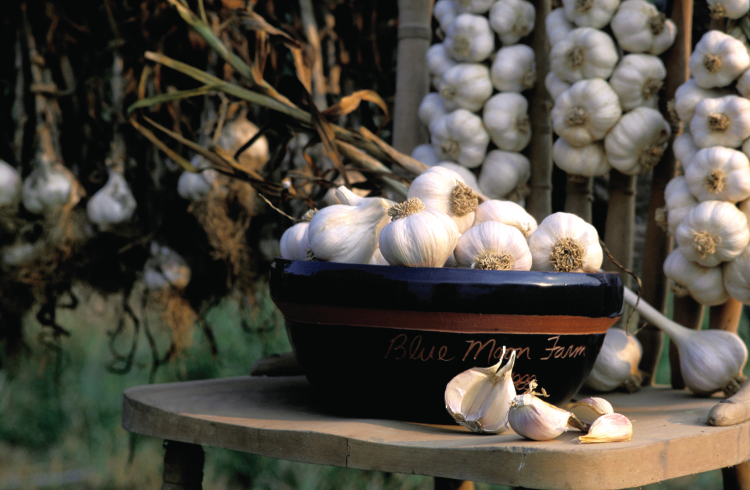Home > Lifestyle > Home > Preserving Produce: Storing and Freezing
Preserving Produce: Storing and Freezing
Each year I have difficulty deciding what to do with my surplus veggies. The popular share plan and exchange program are fraught with trade imbalances and potential friendship-ending negotiations, so preservation seems a good option.
While I don’t always practice what I preach, here’s a primer on how to preserve your carefully tended crops.
Head for the Cellar
Cold storage in a root cellar is perhaps the first method of preserving produce. Most of our energy-efficient homes don’t lend themselves to cold storage, but a basement with a dirt floor can be used for short-term storage.
Lay the produce on shelves, being careful not to let items touch. Some fruits and vegetables that store well are potatoes (and sweet potatoes), onions, garlic, carrots, cabbage, apples and pumpkins.
No basement? Make your own root storage bin out of a tub, wooden box, 5-gallon bucket or plastic-lined cardboard box. First, put in a couple of inches of barely moist sand in the bottom. Lay the vegetables on the sand in a single layer, spread out enough so they don’t touch. Cover the veggies completely with sand and continue layering until full. Top with a layer of moist sand. Keep in a cool, dark place. Note that the container will be heavy.
You can also harvest winter squash and pumpkins with a portion of the stem left on after the frost kills the vine. Cure the squash by keeping them at warm, dry temperatures for a few days until the outer skin is hard and any abrasions are healed. Then store in a cool, 60-degree area – under the bed in that unused bedroom is perfect.

Make Room in the Freezer
Freezing is a simple means of preserving food. The reduced temperatures prevent microorganisms from growing. Some vegetables should be blanched before freezing to prevent loss of color, flavor and nutrients. Blanching also helps to destroy microorganisms on the surface of the vegetable. Good foods for freezing include herbs, blueberries, sweet corn, green beans, broccoli and cauliflower.
Dried to Last Longer
Drying is another easy way to preserve food. The idea is to remove moisture without cooking the product. Traditionally, produce is dried outdoors, spread on racks, screens or tables while the sun and wind do the work. I’ve sun-dried tomatoes with great results.
Foods can also be dried in conventional and microwave ovens and in food dehydrators. I’ve used my dehydrator to dry tomatoes and herbs and even cut flowers. When using dried foods in recipes, remember they have a more intense flavor.
Dr. Sue Hamilton, director of the UT Gardens, writes the gardening column for Tennessee Home & Farm.



